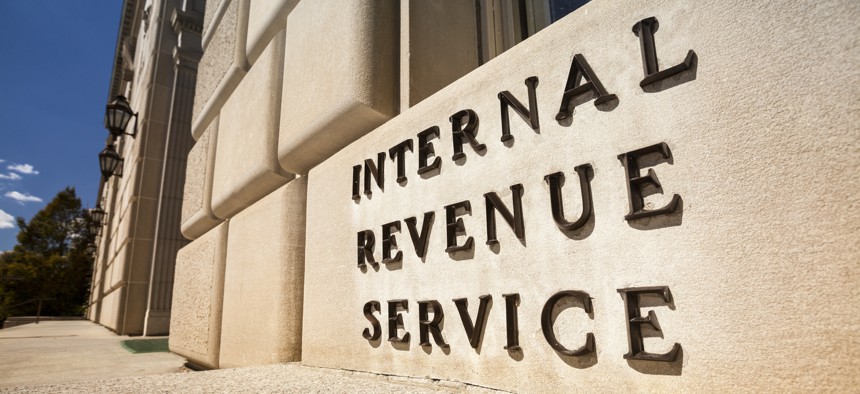IRS launches push to clean up its communications

Pgiam/Getty Images
Simplification of notices sent to taxpayers is one of the tax agency’s lines of work under the Inflation Reduction Act.
The IRS is cleaning up the notices it sends to taxpayers as part of what the agency has dubbed the Simple Notice Initiative, it announced Tuesday.
The tax agency sends about 170 million notices annually. Already, it has redesigned 31 notices for this tax season over the last year.
By next year’s tax season, the IRS wants to redesign up to 200 of the most common notices for individual taxpayers, which make up about 90% of the total volume of notices sent to individuals. Long term, the IRS says it will then turn its focus to less common notices and notices sent to business taxpayers.
“Taxpayers will see the difference when they open the mail and when they log into their online accounts,” Secretary of the Treasury Janet Yellen told reporters in a call Tuesday.
The IRS says that the push is meant to align with an effort announced last August to allow taxpayers to respond to IRS letters digitally, as opposed to by mail.
Both are part of IRS efforts under the Inflation Reduction Act, which gave $80 billion to the agency over a decade, although lawmakers later agreed to cut $20 billion as part of an agreement for fiscal 2024 appropriations and as part of the debt limit deal in 2023.
“The resources provided under the [IRA] will help us continue the multi-year work to make these and other long delayed improvements,” Danny Werfel, IRS commissioner, told reporters. “The notice redesign initiative we are announcing today is part of that, and when you add all of this up, it will create a tax system that works better and is easier to understand.”
The hope is also that by making these letters easier to understand, taxpayers will have less reason to call the IRS or go in-person for help, freeing up IRS employees to work on other things, said Werfel.
“As we've heard from tax professionals as well as taxpayers, these notices can be confusing and cover complex topics, and they can include a lot of legal language,” said Werfel. “And with our current systems and machines … they do not always have a consistent, familiar look you might get from a credit card company or a bank.”
Over the last year, the IRS piloted a redesigned version of a common notice sent to taxpayers that are flagged as potential victims of identity theft, said Werfel.
The form went from seven to two pages, gained step-by-step instructions and also saw other changes meant to make it more readable, like headers and font changes, according to the IRS. The agency says that, compared to taxpayers that got the old notice, there was a 16% reduction in people who called the IRS as their first move.
Identity theft — recently included in the National Taxpayer Advocate’s list of top challenges — is currently a particular focus for simplifying IRS communication, Werfel said.
“This is one of the more challenging things to happen to a taxpayer,” he said. “When it happens, we want to make sure that the communication we’re having with potential victims and actual victims is as clear as possible.”




